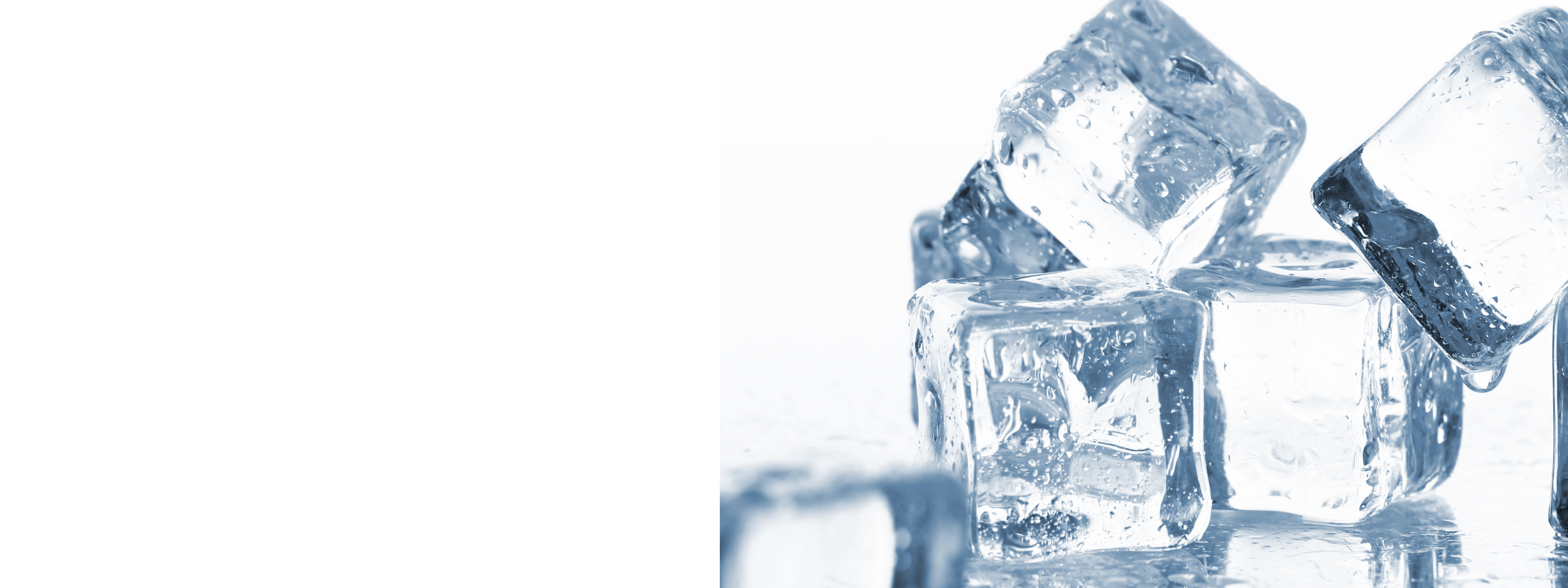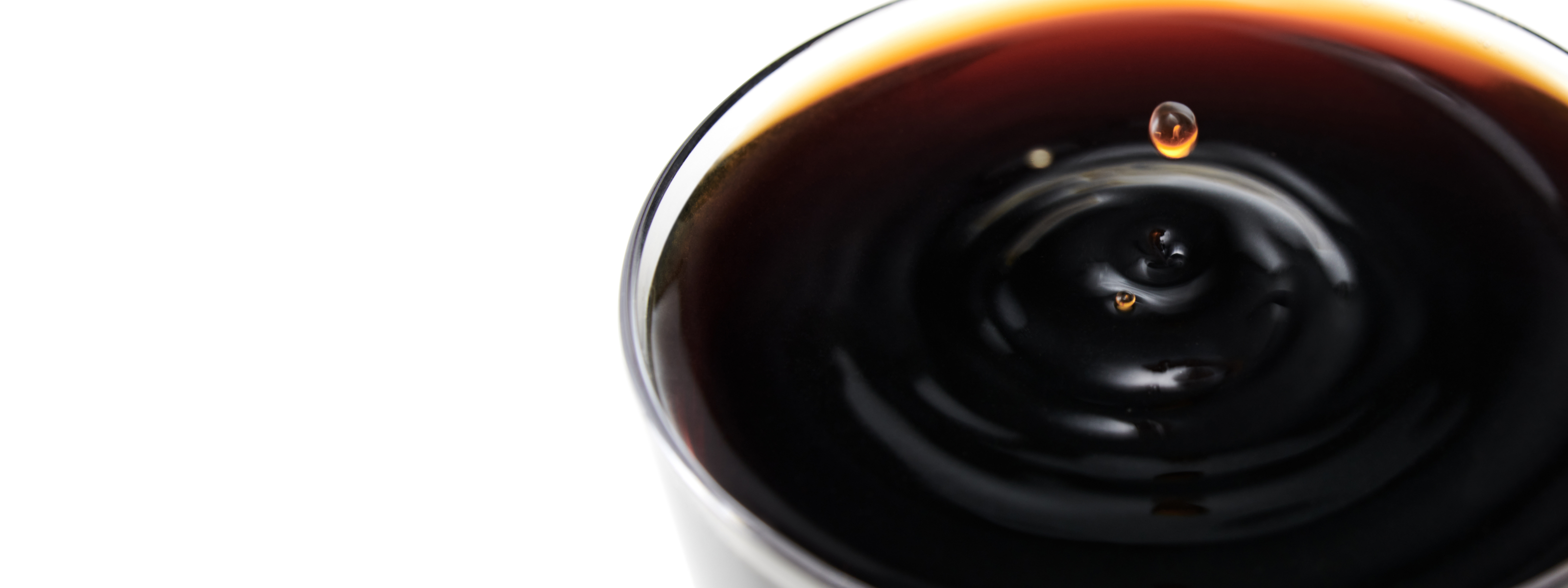Unlock Coffee’s Secret: How Temperature Shapes Flavor
When crafting coffee, temperature isn't just a number—it's the invisible hand shaping every sip you take. While traditional coffee brewing methods obsessively hover around the familiar 90°C–96°C range, the impact of lower temperatures—especially between 41°F (5°C) and 158°F (70°C)—has been largely overlooked. Yet, this is precisely where Brezi shines, enabling coffee lovers to explore previously untapped flavor profiles.
Why Lower Temperatures Matter
Scientific studies confirm that temperature directly impacts coffee's extraction process:
-
At lower temperatures (5°C–25°C), extraction slows, preserving delicate aromatics such as fruity esters and floral aldehydes (Angeloni et al., 2019).
-
Bitter-tasting compounds, like chlorogenic acids and phenolic substances, dissolve less readily at colder temperatures, resulting in smoother, less bitter coffee (Sánchez‐López et al., 2021).
-
Lower temperature extraction maintains higher concentrations of volatile compounds, ensuring a more aromatic and flavor-rich brew.
Exploring the Forgotten Temperature Zone
Traditionally, coffee research has centered around optimal hot extraction temperatures (90–96°C), overlooking the broader temperature range below 70°C. Brezi fills this gap, empowering users to:
-
Precisely control brewing temperatures between 5°C and 70°C, revealing entirely new flavor dimensions.
-
Experiment with temperature-sensitive profiles to achieve everything from crisp, refreshing cold brews at 5°C, to nuanced hybrid brews at warmer temperatures (50–70°C).
Discovering New Sensory Experiences
The Brezi temperature advantage isn't just technical; it's sensory. Imagine tasting a coffee that showcases vibrant fruit notes at 5°C, or a smooth, balanced sweetness at 25°C—each degree revealing new layers of complexity.
With Brezi, you're not just making coffee; you're embarking on an aromatic journey through temperature, uncovering nuances you've never experienced before.
References:
-
Sánchez‐López, J.A., et al. (2021). Temperature’s Role in Coffee Extraction Chemistry. Scientific Reports. DOI: 10.1038/s41598-021-01001-2
-
Angeloni, S. et al. (2019). Impact of Cold Brew Extraction on Coffee Chemistry. Food Research International. DOI: 10.1016/j.foodres.2019.108547



Leave a comment
This site is protected by hCaptcha and the hCaptcha Privacy Policy and Terms of Service apply.